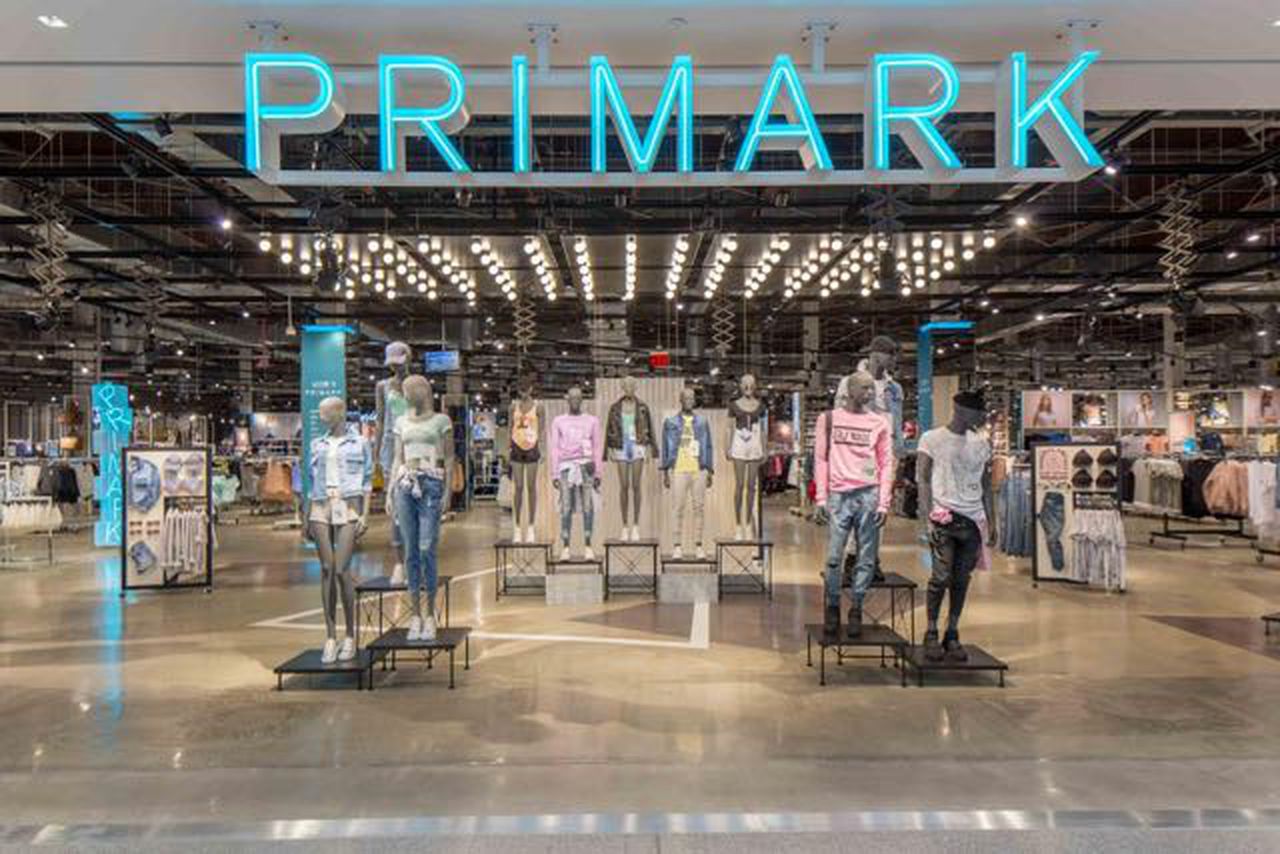Despite the outbreak of the pandemic and the subsequent lockdowns that affected the fashion industry, one brand stood out with its unique strategy and resilience – Primark. Founded in 1969 by Arthur Ryan on behalf of the Weston family, Primark has been a remarkable player in the fast-fashion landscape. While other retailers heavily invested in e-commerce, Primark chose a different path, relying solely on its extensive physical store network.
Between 2014 and 2019, a crucial period for the industry, Primark experienced an astonishing 57% growth in sales, setting itself apart from its fast-fashion counterparts. This distinction became even more pronounced during the pandemic. Despite operating 387 stores worldwide, Primark lacked an e-commerce site, making it unable to sell during the first lockdown and compelled to halt operations in regions with stricter restrictions.
The heavy losses
During the three-month spring lockdown, Primark faced significant losses, with approximately £2 billion in lost sales and over £650 million in lost profits. However, with the reopening of stores, Primark made a swift recovery, generating £2 billion in revenue, although still at a 24% decline compared to the previous year. Additionally, the brand anticipated losses of £375 million during the usually lucrative holiday season.
Despite the pandemic’s challenges, Primark has proven its resilience in a fast-paced and competitive industry. The absence of an e-commerce platform hasn’t hindered its popularity, as the brand remains immensely attractive to price-conscious consumers seeking trendy and affordable fashion options.
But how without e-commerce?
Primark’s unique strength lies in its ultra-competitive pricing. Offering unbeatable prices on stylish clothing has cultivated a loyal customer base willing to wait for the physical store’s reopening rather than purchasing online. This devotion was evident when long queues formed outside Primark stores upon reopening, reflecting a sense of “fast fashion revenge spending.”
The brand’s popularity has never been higher, making Primark the UK’s most famous fashion brand, surpassing major players like Nike, Adidas, Levi’s, and H&M. Primark’s mass appeal and economic accessibility resonate strongly with consumers, particularly those facing economic challenges, who find the brand’s affordability appealing.
Despite calls for more ethical and sustainable shopping practices, Primark’s low prices encourage continuous buying, creating a mental justification for frequent purchases. This phenomenon, combined with its loyal customer base, has allowed fast fashion to thrive even in uncertain times.
Primark has firmly stated that it has no intention of venturing into e-commerce. While many retailers shifted their focus online, Primark remains committed to its physical stores, with plans to open 13 new locations in the upcoming year, spanning various countries, including the USA, France, Italy (Rome), and the Czech Republic. The brand recognizes the considerable costs and complexities associated with translating its offerings online, and the current model’s efficiency and profitability make it the preferred choice.
In an age where e-commerce is prevalent, Primark’s decision to focus on brick-and-mortar stores may seem almost counterintuitive. However, the brand’s strong performance during the pandemic demonstrates that its approach is not only viable but successful. Primark’s devotion to its physical stores has set it apart and allowed it to thrive in a constantly evolving retail landscape.
Also Read: Marketing Strategies and Marketing Mix of Primark
To read more content like this, subscribe to our newsletter



